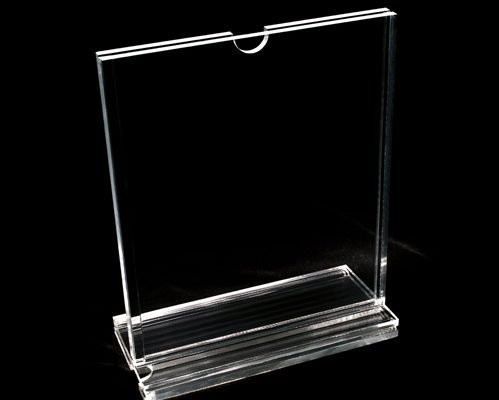There are various plastic fabrication approaches to choose from, and you will find extensive ranges regarding flexibility of shape, set-up costs, fees per component part, finish time, as well as the scale of production the method enables. Widely used techniques include CNC (computer numerical control) machining and vacuum formation, each of which appeal to different design and development requirements. CNC, for example, has a moderate degree of flexibility when it comes to the shape, a finish time of under a day, a medium setup cost, steeply-priced individual parts, and suits large scale development. Vacuum formation, in contrast, has a limited freedom of shape, only suitable for constructing basic forms, and can have a completion time of up to one month. Furthermore, because there is a vast scope of CNC machines, from simple desktop devices, to considerably more sophisticated pieces of equipment, the startup costs vary from minimal to high, and the price per component and the finish time are significantly variable, and determined by the sophistication of the machine.
Summary Of CNC Machining
CNC machining is a computer regulated subtractive approach, which removes material from plastic in order to generate the desirable shape. The computer is high-tech, with the capability to change a design into figures using a computer aided design software program. The figures are able to operate the machine to cut the desired shape. To setup, the pieces of equipment require an intermediate stage in the development and validation of tool paths. As soon as the machine is provided with the tool paths, the subtractive procedure is launched. When the construction is finished, the component is washed, smoothed, and trimmed. {You can find many thousands of web sites with help and advice concerning ‘bespoke acrylic’ this could be possibly one of the best ones acrylic fabricators. Whenever you are looking at more information associated with perspex development this particular web page perspex fabrication offers a whole lot more well written articles related to acrylic moulding Uk. {Should you be looking at more details related to plastic manufacturer this specific web-site thermoforming plastic materials has got numerous more blog posts involving plastic fabricators Uk. This page plastic fabricators near me provides extensive more information on the main topics machining of plastic parts. You can find many machined plastic prototypes web sites in England, if you are looking to acquire more information and also price levels this url is a popular kick off point
For lower volume plastic component part applications that need tight tolerances and forms that are tricky to mould, machining is appropriate. CNC machining also has minimal to moderate initial expenses, and can manufacture top quality plastic parts with minimal finishing times. Yet, with increased product intricacy, the cost per component increases. Additionally, the procedure necessities tool access considerations, and particular shapes, including those with curved internal channels, are near-impossible to produce with CNC manufacturing.
Overview Of Vacuum Formation
Vacuum formation is a procedure through which plastic is heated and moulded, usually working with a mould. The scale and intricacy of vacuum-forming machines vary from affordable desktop devices to superior manufacturing equipment.
It can be appropriate for any project, from tailor-made designs to large-scale production, taking into consideration the large range of machinery offered and that also automation is undoubtedly an option if required. Having said that, there is little freedom in the different types of shape it can create, and is also unfortunately exclusively able to build parts with simple geometries. When compared with other methods, tooling prices are low, given that vacuum formation only requires low forces and pressures. Ordinarily, for smaller manufacturing sizes the moulds are created from 3D printed resin, or possibly plaster, and then for larger production sizes more robust equipment made from metal is commonly used.
The manufacturing process starts off with a sheet of plastic material getting clamped and warmed until the plastic becomes mouldable. The plastic is then placed into the mould and cooled down, and quite often fans as well as other chilling strategies are used in order to accelerate the chilling process. The ultimate stage entails any excess plastic being removed.

